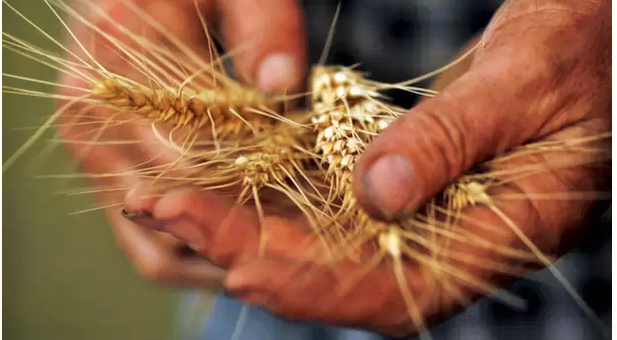KILIMOMART APPLICATION LAUNCH: Fronting ICT to boost trade in Organic Agriculture products in EAC
The largest proportion of the East African Community (EAC) population directly depend on agriculture for livelihood and most of the food producers in EAC are small-scale farmers and mostly women. Governments in EAC have recognized agriculture as the engine for development of their economies. The Common Market Protocol presents a great opportunity for small-scale farmers to profit from the opportunities brought by regional integration. The East African Community (EAC) celebrated 20 years since the integration last year. ICT was highlighted as one of the avenues for making the grassroots citizen enjoy the benefits of the integration.
On Tuesday, 5th May 2020, ESAFF Uganda in partnership with Kenya Small Scale Farmers’ Forum launched the Kilimomart Application and Website. The Application and website were developed with support from Incubator for Integration and Development (IIDEA) in East Africa, Deutsche Gesellschaft für Internationale Zusammenarbeit (GIZ) GmbH EAC with the aim of building market linkages for organic products between small scale farmers and consumers and to empower small scale farmers in the East African Community (EAC) region to exploit and utilize the current agriculture trade prospects in the region. The application will also provide small scale farmers with an opportunity to access market information, weather information as well as farming practices and techniques.
During this online launch, Nancy Mugimba, the National Coordinator of ESAFF Uganda explained the relevance of the Kilimomart Application given the current situation all over the EAC region. She noted that as the world goes digital and tech-savvy, small scale farmers cannot be left behind.
Mr. Hakim Baliraine, the National Chairperson for ESAFF Uganda appealed to internet providers to lower costs or provide cost-free internet to small-scale farmers accessing the Kilimomart Application as this will attract more small scale farmers especially women to use this online platform.
When using the KilimoMart Application, small-scale farmers will not only get access to market but will also have access to agriculture services, farming practices and techniques, weather information, laws and policies including EAC updates but will also enjoy an interactive Forum with consumers and other actors.
The Kilimomart Application and Website was officially launched by Hon. Mathias Kasamba. While speaking at the event, Hon. Mathias Kasamba appreciated ESAFF Uganda and the partners for such a great innovation given the current situation of the COVID19 pandemic in the region. He added that the East African Legislative Assembly will continue campaigning for more funding to the Agriculture sector In the EAC to facilitate more of such innovations. He further called for stronger commitment toward the integration process and urged the participants to utilize the platform both on the website and on Google Play.
Many small-scale farmers across the region welcomed the innovation while praising its ability to connect small-scale farmers across the region and reduce the exploitation by “middlemen” that they are currently facing. Margaret Masudio, a small scale farmer from Adjumani district called upon fellow small scale farmers to utilize the application and the government to ensure popularization of ICT use among small holder farmers.
Ms. Joyce Kevin Abalo, Senior Advisor, IIDEA and Gender GIZ EAC programme while closing the event said that GIZ is grateful to support the Kilimomart innovation with the view of empowering small scale farmers in Kenya and Uganda to explore and utilize current trade prospects in the region and strengthen inclusive small scale farmers online engagement with different stakeholders in the EAC region to promote regional integration. She further thanked and congratulated ESAFF Uganda and partners for this great achievement so far in the implementation of the IIDEA project.
Both the consumers and the small-scale farmers can download the Application on Google Play or use the website www.kilimomart.com. The pilot stage of the Kilimomart Application ends in July 2020.






